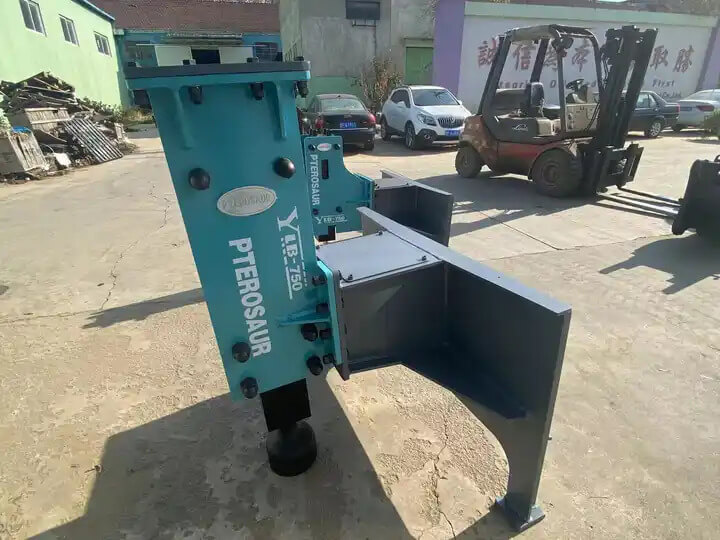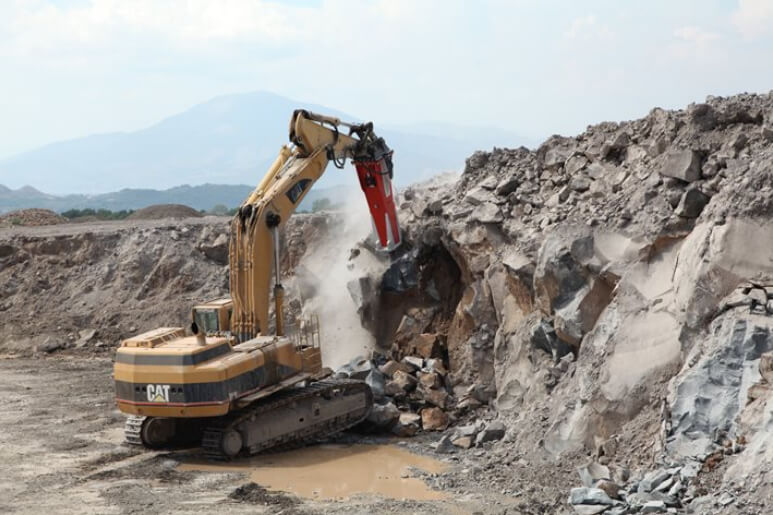The Essential Role of Nitrogen in Hydraulic Breakers
Hydraulic breakers are powerful tools used in construction and demolition to break concrete, rock, and other hard materials. They rely on hydraulic fluid and pressurized nitrogen to enhance their performance and efficiency. A critical component of this system is the nitrogen accumulator, which stores and manages the energy needed for effective operation.
Understanding the Function of the Nitrogen Accumulator
The accumulator in a hydraulic breaker serves a vital purpose: it stores residual energy from the hydraulic breaker’s previous impacts and the recoil of the piston. When the breaker is activated, hydraulic fluid is pumped into the accumulator, compressing the nitrogen gas inside. This process builds pressure, which is essential for the breaker to deliver powerful blows during operation. The stored energy in the accumulator is then released during the next impact, amplifying the striking force and improving overall effectiveness.
Why Nitrogen is Necessary
Nitrogen is crucial for hydraulic breakers for several reasons:
-
Pressure Maintenance: The nitrogen charge maintains the necessary pressure for the hydraulic system to function effectively. Without adequate nitrogen, the breaker may fail to deliver the required impact force.
-
Energy Efficiency: By utilizing stored energy from the accumulator, hydraulic breakers can operate more efficiently, reducing the strain on the hydraulic system and minimizing wear and tear.
-
Consistent Performance: Regularly charging nitrogen ensures that the hydraulic breaker maintains its performance, providing consistent striking power with each use.
How to Charge Nitrogen in Hydraulic Breakers
Charging nitrogen in a hydraulic breaker is a routine maintenance task that operators must perform to ensure optimal performance. Here’s a step-by-step guide on how to do it:
-
Gather Necessary Equipment: Before starting, ensure you have a nitrogen charging kit, which typically includes a pressure gauge and an air hose. These kits are often compatible with various brands of hydraulic breakers.
-
Check Existing Nitrogen Pressure: Use the pressure gauge to check the current nitrogen pressure in the accumulator. This will help determine how much new nitrogen needs to be added.
-
Connect the Charging Kit: Attach the nitrogen charging kit to the charging valve of the hydraulic breaker. Make sure the connection is secure to prevent gas leaks.
-
Charge the Accumulator: Open the nitrogen tank and allow gas to flow into the accumulator. Monitor the pressure gauge closely, and stop charging once the desired pressure level is reached.
-
Disconnect and Test: After charging, disconnect the kit and conduct a test run of the hydraulic breaker to ensure it is operating correctly and delivering the expected performance.
Common Issues Related to Nitrogen Charging
Several factors can affect the performance of hydraulic breakers if nitrogen is not maintained properly:
- Insufficient Nitrogen Pressure: If the nitrogen pressure is too low, the breaker may not deliver adequate impact force, leading to inefficient operation.
- Inadequate Oil Pressure: Low oil pressure in the hydraulic lines can further exacerbate performance issues.
- Environmental Factors: Local weather conditions and the hardness of the materials being broken can also impact the effectiveness of the hydraulic breaker.
Conclusion
In summary, the role of nitrogen in hydraulic breakers is indispensable. It not only enhances the striking force and efficiency of the breaker but also ensures consistent performance over time. Regular maintenance, including nitrogen charging, is essential for operators to maximize the lifespan and effectiveness of their hydraulic breakers. By understanding and adhering to these practices, operators can ensure that their equipment remains reliable and powerful, capable of tackling even the toughest jobs with ease.




































